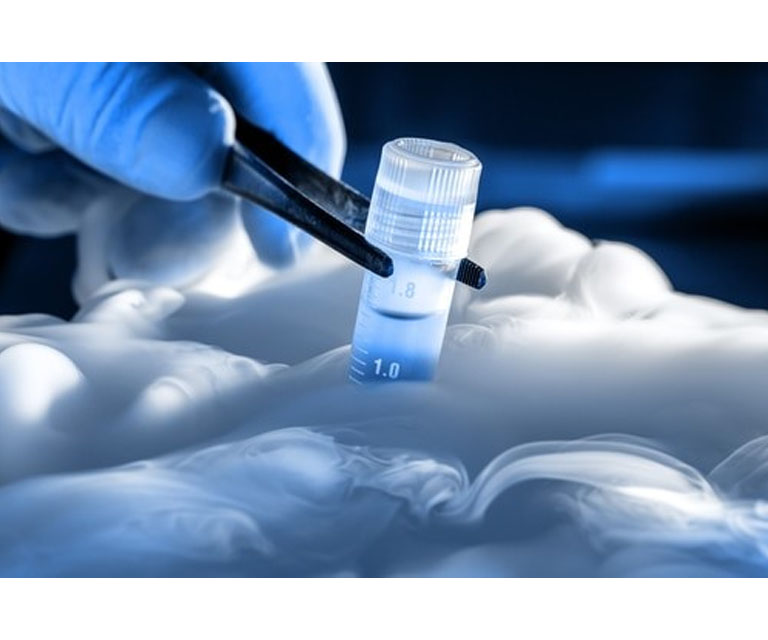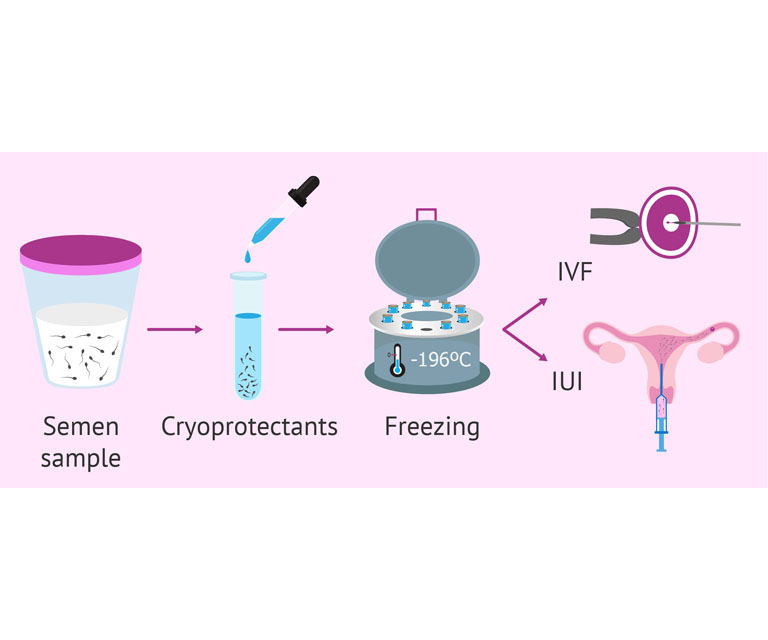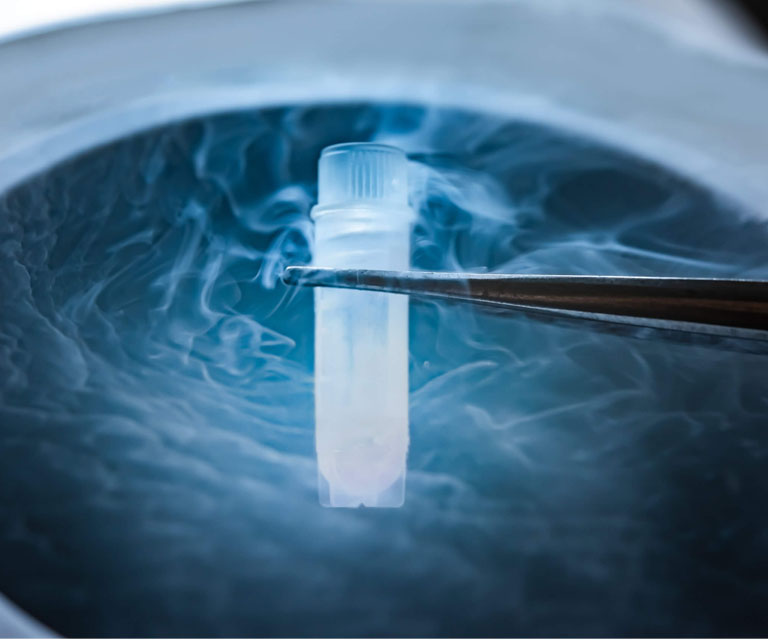The process of indurating cells or apkins and depositing them in liquid nitrogen at – 196 °C is called cryopreservation. Sub-zero temperature isn't a physiological condition for cells and water ice chargers represent the main problem since they induce cell death, basically in large cells like oocytes, which have a meiotic spindle that degenerates during this process. Significantly, cryopreservation represents an option for fertility preservation in cases who develop gonadal failure for any condition and those who want to indurate their origin cells for after use. The possibility of indurating sperm, oocytes, and embryos has been available for a long time, and in 1983 the first birth with fused oocytes was achieved. From themid-2000s forward, the use of egg vitrification through intracytoplasmic sperm injection has bettered gestation rates.
Births using supported reproductive technologies( ART) have some adverse conditions and events. These pitfalls could be associated with ART procedures or related to gravidity. Cryopreservation generates changes in the epigenome of gametes and embryos, given that ART occurs when the epigenome is most vulnerable. likewise, cryoprotective agents induce differences in the integrity of origin cells and embryos. specially, cryopreservation considerably affects cell viability, generates proteomic profile changes, compromises pivotal cellular functions, and alters sperm motility.
This fashion has been extensively employed since the 1980s and there's a lack of knowledge about molecular changes. The arising view is that molecular changes are associated with cryopreservation, affecting metabolism, cytoarchitecture, calcium homeostasis, epigenetic state, and cell survival, which compromise the fertilization in ART.
Gametes and embryos have unique characteristics concerning physical cells, similar as limited number, generational impact, and differences in cryosensitivity among species. Cryopreservation preserves structurally complete living cells and towel despite indurating lethality. The cooling goods are produced by the freezing of water, substantially by the attention of the solutes in the liquid phase. There are two mechanisms regarding indurating damage, the first is the conformation of ice chargers, which pierce and destroy the cell, and the other is due to goods on changes in the composition of the liquid phase. Extracellular ice is generally inoffensive, except in densely packed cells, given the impairment caused by mechanical stress that some channels can suffer.
In general, CPA increase the total attention of solute and reduce the quantum of ice formed. Both mechanisms are pivotal and their goods depend on the cell type, cooling, and thawing rate. CPA contain calcium and limit fertilization by hardening the cell membrane. In slow- freezing protocol, cells fleetly efflux intracellular water and exclude supercooling, therefore precluding intracellular ice conformation. Water is substituted in the cytoplasm with CPA and reduces cell damage by conforming the cooling rate with the permeability of the cell membrane. This protocol employs a cooling rate of 1 °C/ min with1.0 M of CPA.
The vitrification system is an volition to the slow- freezing protocol and also prevents ice conformation. There are two vitrification styles equilibrium and nonequilibrium. The first requires the multimolar expression of CPA and its injection into cell dormancies. The alternate uses a high freezing rate and lower attention of CPA. One of the main parcels of CPA density is that it behaves as a solid without any crystallization. still, CPA toxin is its most significant disadvantage. High attention of CPA are necessary to help intracellular ice chargers during vitrification. It's yet unknown whether the inhibition of demitasse conformation depends on CPA penetration into the cell or on the bibulous junking of water. Anyhow of the medium through which these styles avoid demitasse conformation, high attention of CPA can beget bibulous injury. Vitrification requires cooling to deep cryogenic temperatures after exposure to high attention of CPA with posterior rapid-fire cooling to avoid the ice nucleation.
It's affected by sample volume, the density of the sample, and cooling and warming rates. In both styles, CPA must enter the entire natural system, but there are membranes for the prolixity of solutes that affect in flash changes in the volumes of the cellular chambers and these are dangerous. therefore, osmosis and prolixity affect the preface and junking of CPA and the snap- thaw process.



© 2022 Jannee Fertility Centre. All Rights Reserved.
Designed by AMS Informatics